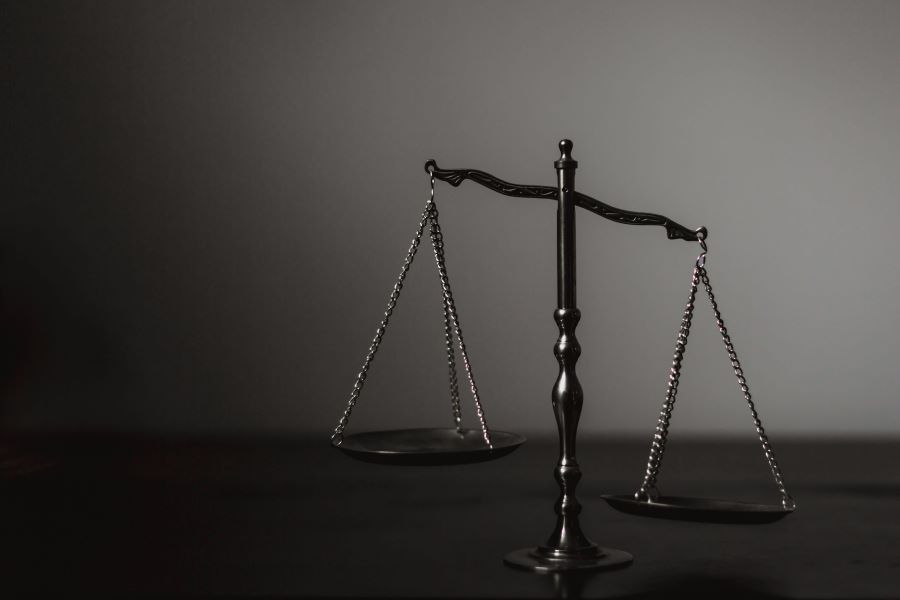Government/Policy

May 10, 2024
Price: How did 'Buy Clean' get switched to 'Buy Dirty'?
Written by Alan Price & Ted Brackemyre
The Inflation Reduction Act (IRA) appropriated more than $4 billion to the General Services Administration (GSA) and Federal Highways Administration (FHWA) for “Buy Clean” programs.
The statute makes clear that GSA and FHWA purchases under these programs are limited to those with “substantially lower” emissions.
There is no ambiguity in that requirement. The Environmental Protection Agency (EPA) has defined “substantially lower” to mean products with the lowest 20% of embodied emissions when compared to similar materials.
Products that meet 40% or industry average thresholds may also qualify, depending on the availability of materials for a particular project. Based on recently issued environmental product declarations (EPDs), can you tell which steel products are clean and which are dirty under this framework?
Listed below are the per-ton carbon intensities reported in EPDs from three of the largest American steel producers – Nucor, Steel Dynamics (SDI), and U.S. Steel (USS). These cover hot-rolled steel products, which account for the most carbon intensive steps in the steelmaking process.
| Facility | Global Warming Potential (MT CO2e) |
| Mill 1 | 0.96 |
| Mill 2 | 1.03 |
| Mill 3 | 1.06 |
| Mill 4 | 1.17 |
| Mill 5 | 1.21 |
| Mill 6 | 1.21 |
| Mill 7 | 1.30 |
| Mill 8 | 1.58 |
| Mill 9 | 2.06 |
| Mill 10 | 2.06 |
| Mill 11 | 2.22 |
Can you tell which facilities would meet the 20% threshold set by the EPA? The answer should be Mills 1 and 2. Can you tell which facilities would fall under the 40% cut-off? Those should be Mills 1 through 4. That is not the answer the GSA would give you, though. Turns out the lowest emitting mills – the ones with “substantially lower” emissions – are all electric furnace facilities: SDI Columbus (Mill 1), Nucor Decatur (Mill 2), Nucor Indiana (Mill 3), and USS Big River Steel (Mill 4). And the highest emitting facilities are all blast furnaces: USS Granite City (Mill 9), USS Gary (Mill 10), and USS Mon Valley (Mill 11).
Not liking the result of the statute’s clear instructions to only prioritize steel products with “substantially lower” emissions, the GSA started to grasp for ways to undo the IRA’s statutory mandate. The solution it came up with was to adopt a dual standard that calculates separate thresholds for steel products made in electric furnaces and those made in blast furnaces. Keep in mind that hot-rolled, plate, and other steel products are made to the same industry standards and specifications regardless of whether they are made in an electric furnace or a blast furnace. When consumers purchase construction products like these, they do not differentiate by the production process or raw materials used.
By introducing this unlawful distinction, the GSA effectively transforms its program from “Buy Clean” to “Buy Dirty”. Under the GSA’s new math, it fails to incentivize low emissions production and actually rewards high emissions products. In doing so, it openly flouts the language of the statute, which plainly requires the agency to only purchase materials with “substantially lower” emissions. There is no basis for taking any other approach.
Applying the GSA’s framework to the hot-rolled carbon intensities above shows the absurdity of their methodology. Under a dual standard, two blast furnace facilities – USS Granite City (Mill 9) and USS Gary (Mill 10) – would qualify as clean, as they share the honor of being the least dirty of the high emitting blast furnaces. In comparison, electric furnace facilities, such as Nucor Indiana (Mill 3) and USS Big River Steel (Mill 4), that have emissions levels nearly half that of USS Granite City and USS Gary would not be classified as clean and therefore not eligible for purchase by the GSA under this program.
To illustrate, Nucor Indiana’s hot-rolled steel carbon intensity (1.06 MT CO2e) is 51% of USS Granite City and USS Gary (2.06 MT CO2e). But hot-rolled steel from USS Granite City and USS Gary would be considered clean, and steel from Nucor Indiana would not. Apparently, according to the GSA, when it comes to steel emissions, two is less than one.
Schemes like dual standards and sliding scales have been put forward by some of the largest and highest-emitting steel producers in the world. However, they are not consistent with the language of the IRA or the purpose of “Buy Clean” programs. These are bad policies that disadvantage carbon-efficient producers and their workers, mislabel dirty steel as clean, and temper the ambition of the highest-emitting producers to decarbonize.
GSA has sought to justify their efforts to misclassify high emissions steel as clean on the grounds that some blast furnace-based production will always be needed, such as to produce automotive steels. But the reasons the GSA gives are not based on the reality of the steel industry, nor do they have anything to do with the construction products covered by its “Buy Clean” program. (And recent statements from ArcelorMittal Dofasco and Cleveland-Cliffs touting new direct-reduced iron and electric furnace investments to replace their coke ovens and blast furnaces impeach that logic.) These misguided rationales are a topic for another day. The more pressing matter is the fact that the GSA is advancing emissions policies that are antithetical to climate goals and the statute.
Fortunately, the FHWA has the opportunity to correct this and apply the Buy Clean provisions of the IRA as passed by Congress. Two tons of carbon is not “substantially lower” than one – no matter how much the GSA tries creative ways of saying otherwise. It is bad math, and it is bad for the climate. The FHWA and others should not go down this same path.
Editor’s note
This is an opinion column. This commentary represents the authors’ individual views and is not intended to represent the views of Wiley Rein LLP or its clients. The views in this do not necessarily reflect those of SMU either. We welcome you to share your thoughts as well at info@steelmarketupdate.com.

Alan Price
Read more from Alan Price






